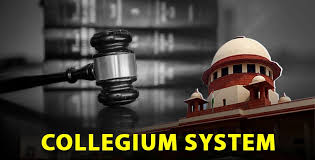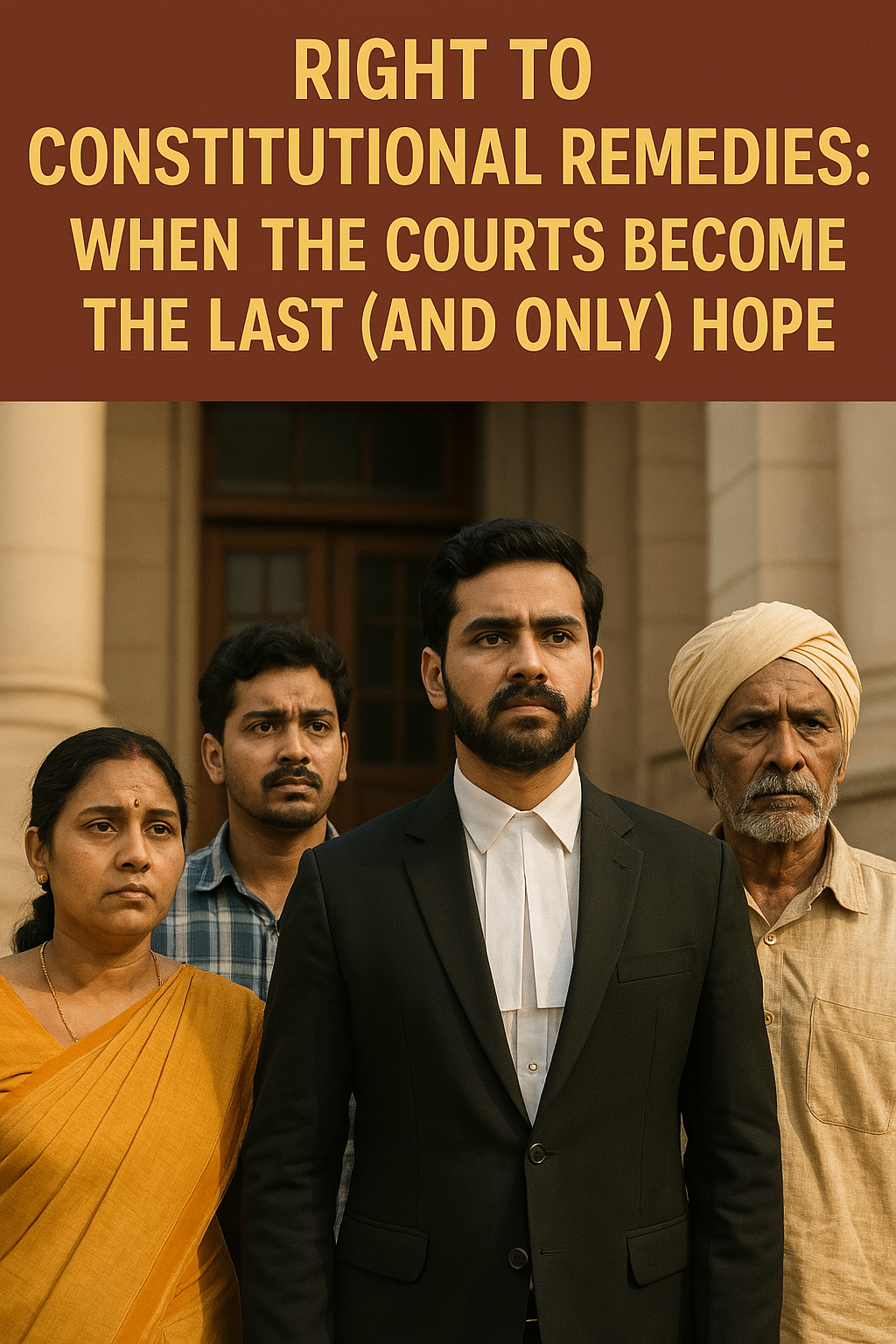Wisconsin Administrative Code Lower Wisconsin State Riverway Board
Overview of the Wisconsin Administrative Code — Lower Wisconsin State Riverway Board
The Lower Wisconsin State Riverway Board (LWSRB) is a state agency created to protect and preserve the natural, scenic, and recreational values of the Lower Wisconsin Riverway. The Riverway is a designated corridor along the Lower Wisconsin River, extending approximately 92 miles from Prairie du Sac to the Mississippi River.
The Board’s authority and regulatory framework are codified in the Wisconsin Administrative Code, as well as statutory provisions (primarily in Chapter 30 of the Wisconsin Statutes). The code governs land use, construction, and development activities within the Riverway to maintain its ecological integrity, scenic beauty, and public access.
Key Functions and Regulatory Authority of the Lower Wisconsin State Riverway Board
Land Use Regulation
The Board reviews permits and plans for various activities within the Riverway, including:
Construction of buildings, roads, and other structures.
Land division and subdivision.
Shoreline alterations and vegetation removal.
Protection of Natural and Scenic Resources
The Board’s regulations aim to:
Preserve native vegetation and wildlife habitat.
Prevent erosion and sedimentation into the river.
Maintain the natural landscape and prevent excessive development.
Permit Review Process
Property owners or developers must obtain permits from the LWSRB before undertaking regulated activities. The Board evaluates proposals based on their consistency with Riverway goals and the potential environmental impact.
Public Participation and Hearings
The Board conducts public hearings for significant projects, allowing community members and stakeholders to provide input.
Enforcement and Compliance
The Board can issue cease and desist orders, require restoration of damaged sites, and impose penalties for violations.
Collaboration with Other Agencies
The LWSRB works closely with the Wisconsin Department of Natural Resources (DNR), local governments, and conservation groups.
Important Sections of the Wisconsin Administrative Code Relating to the LWSRB
Ch. NR 1 - Definitions and General Provisions
Sets out terms and general rules applicable to activities within the Riverway.
Ch. NR 108 - Lower Wisconsin State Riverway Rules
Details the permit requirements, prohibited activities, criteria for approval, and enforcement mechanisms.
Key Case Law Related to the Lower Wisconsin State Riverway Board
Court decisions have helped define the scope of the LWSRB’s authority, the limits on landowners, and procedural requirements.
1. Lower Wisconsin State Riverway Board v. Kraft, 2003 WI App 10
Issue: Landowner challenged the Board’s denial of a permit to build a structure within the Riverway.
Holding: The Court of Appeals upheld the Board’s decision, affirming that the Board has broad discretion to deny permits to protect the natural and scenic values of the Riverway.
Significance: Confirmed the Board’s authority to regulate development and prioritize conservation over individual property interests within the Riverway.
2. Town of Arena v. Lower Wisconsin State Riverway Board, 2005 WI App 100
Issue: Dispute over local zoning versus Riverway Board regulations.
Holding: The court ruled that the Riverway Board’s regulations preempt local zoning where there is a conflict, given the state-level interest in protecting the Riverway.
Significance: Reinforced the primacy of the Riverway Board’s authority within its jurisdiction.
3. Lower Wisconsin State Riverway Board v. Prehn, 2010 WI App 45
Issue: Enforcement action taken by the Board for unauthorized removal of vegetation along the riverbank.
Holding: The court supported the Board’s enforcement actions, emphasizing the importance of preserving shoreline vegetation to prevent erosion and protect habitat.
Significance: Demonstrated the Board’s ability to enforce regulations to maintain river health and landscape integrity.
4. Friends of the Riverway v. Lower Wisconsin State Riverway Board, 2015 WI 78
Issue: Whether the Board must conduct an environmental impact assessment before approving certain permits.
Holding: The Wisconsin Supreme Court ruled that the Board is required to consider environmental impacts and that failure to do so could result in reversal of permit approvals.
Significance: Strengthened procedural protections and ensured environmental review is a key part of decision-making.
Summary
The Wisconsin Administrative Code governing the Lower Wisconsin State Riverway Board establishes a framework to protect one of the state’s most treasured natural corridors. The Board exercises regulatory oversight over development and land use to preserve the Riverway’s ecological, scenic, and recreational values.
Case law consistently supports the Board’s authority to regulate activities within the Riverway, emphasizing environmental protection and state-level oversight, sometimes even over local zoning preferences. Courts also underscore the need for the Board to follow fair procedures and conduct thorough environmental reviews.


















0 comments